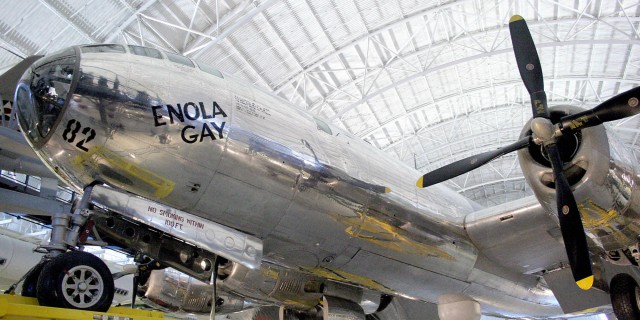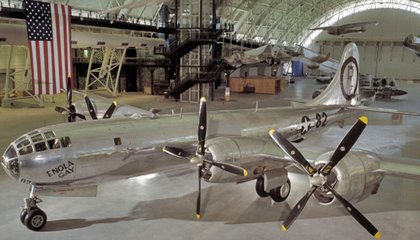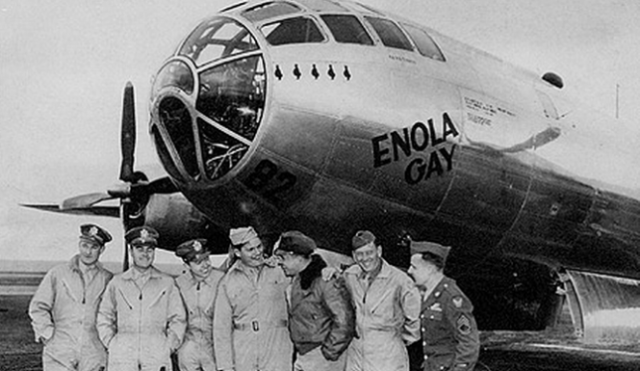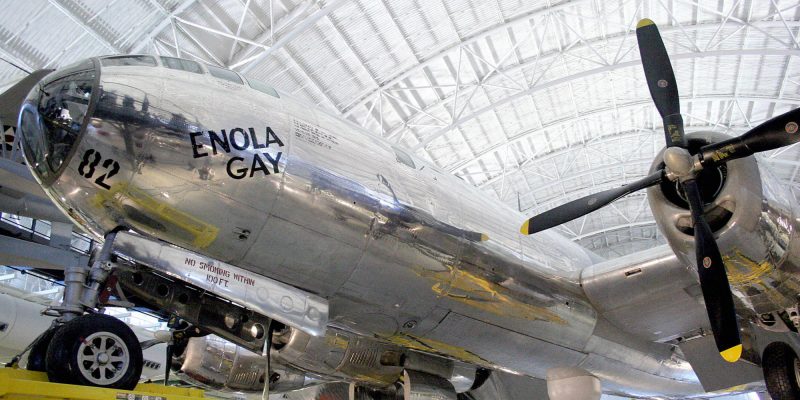
The iconic B-29 bomber that was used to drop the atomic bomb on Hiroshima was named the ‘Enola Gay’. This plane was not preserved after the war and went through a time of terrible neglect. Many historians had always pressed for the restoration of the plane. Therefore, a project was launched in the early 1980s by the Smithsonian Institution, a group of US museums located mainly in Washington, D.C., for the restoration of the Enola Gay. By that time, the plane had already seen some pretty rough times; it had been dismantled many times, the parts were spread across various places, the wheels and doors were badly corroded, birds and wild animals had lived in it, and all in all it was in a dire state. According to some of the people who worked on the project, it seemed an impossible endeavour to restore this ‘utter devastation’.

The workers invested close to 300,000 hours of hard work on the restoration of the plane. All the parts were painstakingly put in the right place. The outer aluminum skin was thoroughly polished and, following the blueprints, every part was attached to where it belonged. It was truly an amazing effort, and war historians and veterans who flew B-29s in the Second World War were excited about the project. Eventually, after a lot of hard work, the Enola Gay, one of the most famous planes in the world, was restored almost completely to its previous looks. Workers realized that one of the very beautiful parts of the plane was missing. It was the control wheel cap, a very stylish one with ‘B-29’ and ‘Boeing’ written on it; and its presence was felt to be very important for the overall beauty of the plane. The whole country was scoured, every single famous collector and artifact enthusiast in the country was contacted, but no one had it. It was then thought that the original cap had been lost forever, and could not be recovered.

However, in an odd turn of events, a philosophy student at the University of Boston, Katie Rich, revealed during a discussion about the Enola Gay that her father had the missing cap. She later said that her grandfather had given this relic to her father before he died in 1994. At that time, the Smithsonian was planning a display of the Enola Gay, as a celebration of 50 years of the end of WWII, The New York Times reports.
She later said that her grandfather used to work in one of the ‘mothballing’ locations – long-term storage facilities for old bombers and other planes. Most of the planes in these storage facilities were eventually scrapped and destroyed for their iron yield. Her grandfather, Mr Robert John Rich, had removed the stylish and shining cap from the Enola Gay, since he thought that it, like many other planes there, was going to be destroyed. He kept it safe throughout his life as a souvenir, and later gave to his son, Robert John Rich Jr.
The Rich family is willing to hand over the relic to the Smithsonian in exchange for a different one. They believe that the cap belongs at the Smithsonian, inside the Enola Gay, and that this reunion would mean a lot for them.
